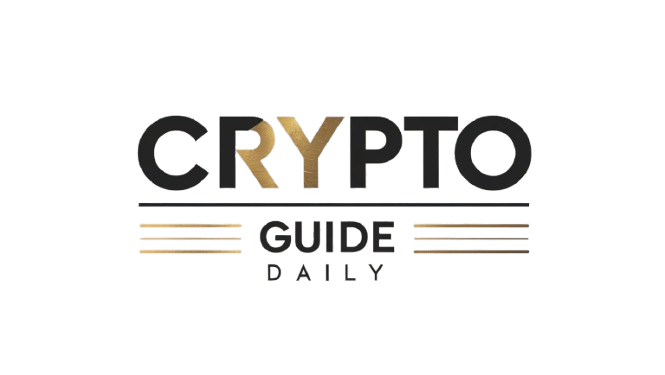
Key Points
- Interest begins accruing August 1, 2025, for student loan borrowers in the SAVE forbearance.
- Many borrowers wonder if they should switch to IBR now instead of waiting and seeing interest added to their loan.
- Many borrowers may benefit the most by staying in forbearance as long as legally allowed.
With interest set to resume for the nearly 8 million borrowers in the SAVE plan’s administrative forbearance, many are asking whether now is the time to switch to Income Based Repayment, since this is the plan that will be grandfathered in for many borrowers anyway.
It’s important to note that payments for SAVE plan borrowers are still paused. Only interest isn’t – and that will resume August 1, 2025. And for borrowers with large balances or student loan forgiveness goals, waiting could come at a steep cost.
There are multiple options for SAVE plan borrowers right now, but let’s dive into the most common question we’re seeing: should you switch from SAVE to IBR now?
Would you like to save this?
Interest Starts In August But No Payments Are Due
Since the 8th Circuit Court blocked the SAVE plan, borrowers were placed in an administrative forbearance. During this time, payments were not required, and no interest accrued. But that changes on August 1, 2025.
Borrowers will still not owe a payment, but monthly interest will begin acrruing again. For high-debt borrowers, that can mean hundreds or even thousands of dollars added to their balances in just a few months.
The situation raises tough questions: Should you switch now to IBR and resume making progress towards paying off your loans or future loan forgiveness? Or is it better to wait and ride out the forbearance as long as possible?
When Switching To IBR Can Be Smart
Borrowers who are pursuing Public Service Loan Forgiveness (PSLF) or already have a long history of payments under an IDR plan may benefit by moving to IBR now. IBR is still an active, legally recognized plan, and forgiveness under it continues to count.
It’s important to realize that most borrowers staying in an IDR plan long term are likely pursuing loan forgiveness, not seeking loan payoff. So the goal is minimizing your loan payment, to maximize your loan forgiveness.
With that said, moving to IDR now would use your income from your 2024 tax return, which could be beneficial top keep your payments lower (versus using your 2025 tax return next year).
For PSLF eligible borrowers, waiting another 8-9 months (or whatever the timeline ends up being) are simply months of PSLF-eligible payments you’re not getting. Yes, PSLF buyback is an option… today. However, there’s no guarantee that PSLF buyback will existing 3-4 years. There is a risk that PSLF buyback cannot be counted on. In which case, this time potentially cost you a year or more of additional work before you’re eligible for loan forgiveness.
For borrowers making progress to IDR-related loan forgiveness (the 20 or 25 year path), every month in forbearance is another month you’re not getting your payments counting towards this goal.
Finally, for borrowers looking to repay their loans, waiting can be costly. Consider a borrower with a $150,000 graduate loan balance at 6.8% interest. Interest starting in August would add about $850 to their balance each month. Waiting six months would add more than $5,000 in interest.
Borrowers looking to switch from IBR to RAP when it becomes available in July 2026 would also keep their payment history. But moving back from RAP to IBR won’t preserve that history, so switching strategies later could be more costly.
When It Makes Sense To Wait In SAVE Forbearance
Not all borrowers are ready to resume payments. For those with lower balances, minimal progress toward forgiveness, or tight budgets, staying in SAVE’s forbearance could still be the smart choice.
An undergraduate borrower with $30,000 in loans at 5% interest would see about $125 in interest per month once August hits. Over six months, that adds up to $750. While not ideal, this added cost may be worth it if they need time to tackle other debts or improve their financial stability.
Borrowers focused on short-term goals, such as eliminating higher-interest debt, might benefit more from the breathing room the current pause provides. Plus, some may still qualify for PSLF buyback, we just don’t know what the future holds.
There’s also the question of what’s next. The Repayment Assistance Plan (RAP), launching in 2026, could offer better terms for low-income borrowers. Under RAP, interest not covered by the borrower’s monthly payment would be subsidized, and any unpaid interest would not be added to the loan balance.
Waiting until RAP begins and switching then could be the more affordable route, especially if your income is lower or you don’t yet qualify for forgiveness. While we don’t know if the Department of Education will allow borrowers to wait this long in forbearance, we think it’s the most logical choice for when the SAVE forbearance ends.
How To Choose The Right Option: SAVE vs. IBR
Deciding whether to switch plans requires weighing the cost of interest against your long-term goals. Are you on track for PSLF? Do you expect to repay your loans in full? Are you counting on forgiveness under a 20- or 25-year plan?
If you’re working toward forgiveness and already have years of qualifying payments behind you, switching to IBR might help preserve progress and achieve that goal faster. If you’re not yet close to forgiveness, can’t afford the IBR payment, or expect RAP to offer better terms, staying in SAVE for now might be smarter.
No matter which path you choose, make sure you’re using the time to prepare. And remember, just because interest is accruing, payments are NOT due.
Review your budget, gather documentation, and run projections using student loan calculators.
Don’t Miss These Other Stories:
Editor: Colin Graves
The post Should You Switch From SAVE To IBR? appeared first on The College Investor.









































